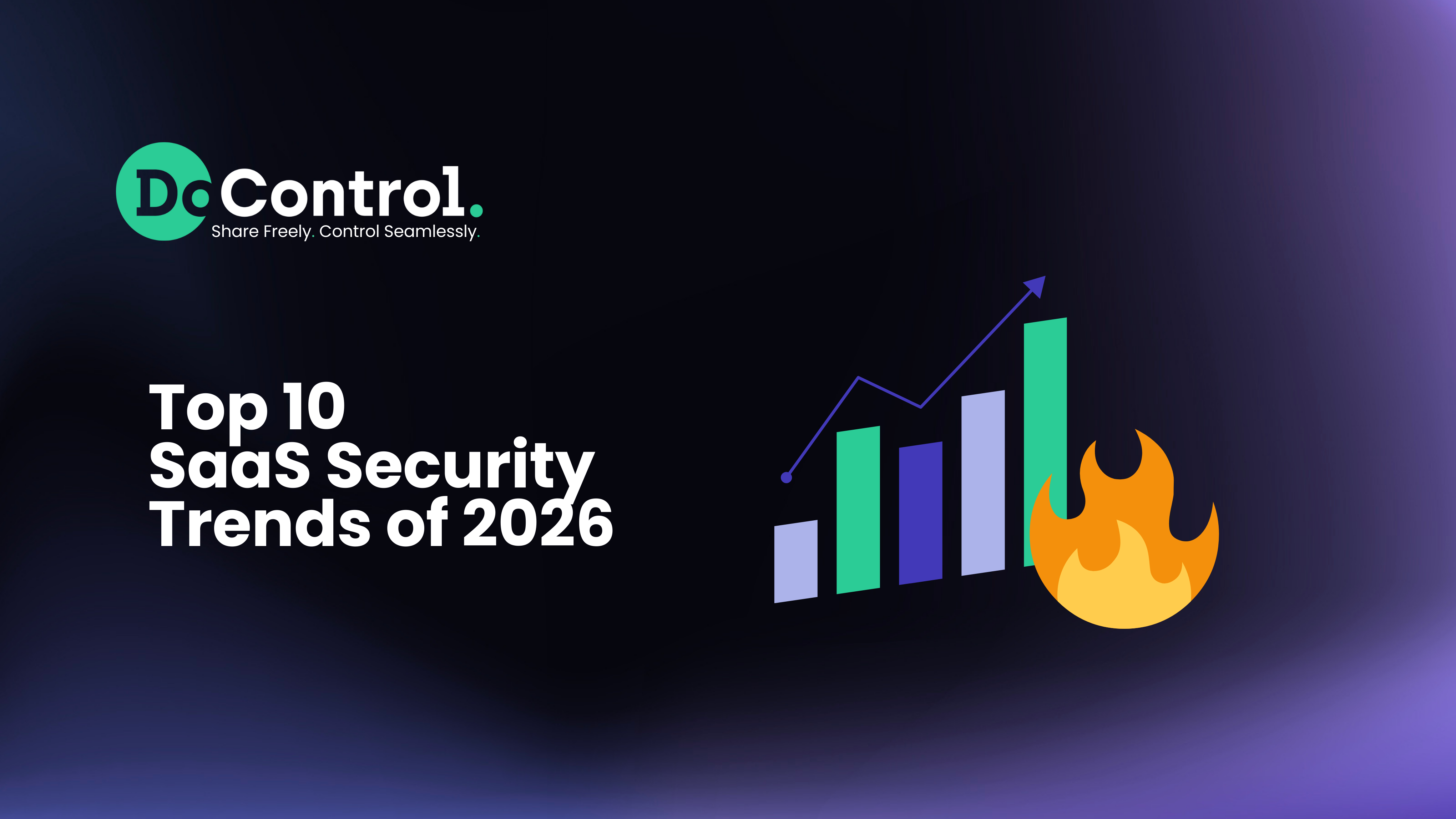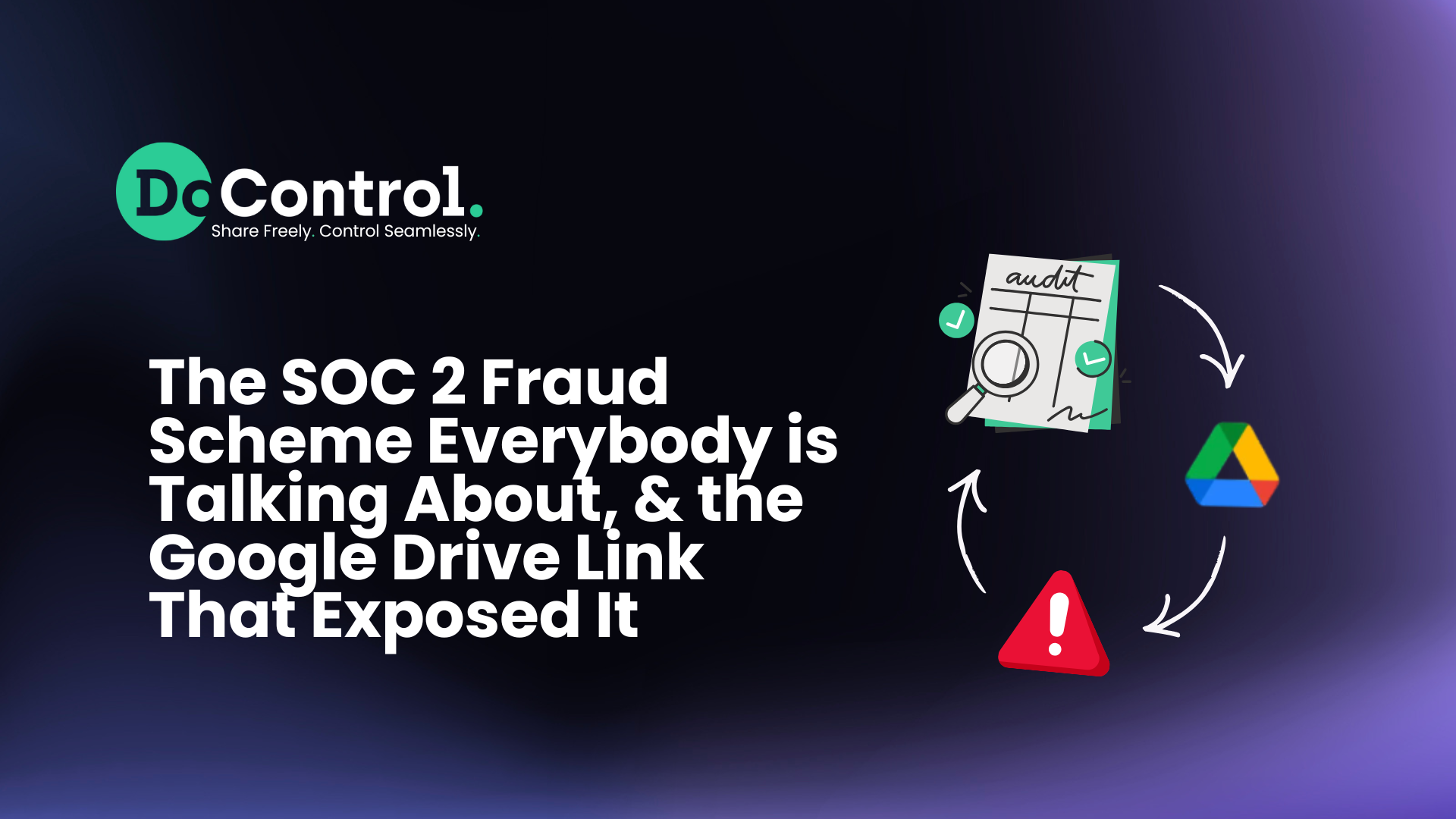
SaaS (Software as a Service) has emerged as one of the basic foundations of how organizations operate in the current digital landscape. These solutions encompass everything from messaging apps like Slack, which streamline communications and collaboration, to fundamental office tools such as Microsoft 365, that are used for basic and advanced business operations. SaaS solutions enable organizations to work smarter and faster, and for employees to access the data and tools they need from anywhere.
It’s critical to note, however, that many organizations haven’t implemented robust security policies and solutions for their SaaS environments. A number of high-profile SaaS-based breaches have occurred in recent years, as bad actors exploit vulnerabilities in these solutions to gain access to organizations’ critical systems and data.
Companies that are reaping the benefits of SaaS must prioritize securing these environments, or risk facing serious consequences. In order to protect your business from potentially devastating breaches, here’s what you should know about SaaS security best practices.
The Importance of SaaS Security
The basic role of SaaS platforms is to provide easy, hassle-free access to your company’s data and tools. While that’s great for employees, as it provides them with flexibility and a quick way to get to the information and systems they need, it also creates a vulnerability through which bad actors can access your sensitive data.
Whether it happens via a phishing attack that results in an employee unwittingly giving away their login information, or taking advantage of an over-permissioned third party connection, a security breach can spell disaster for your company.
Private information, such as customers’ credit card details, identifying information about employees, or even your trade secrets can all be obtained by a bad actor. That cybercriminal could sell that data on the dark web to the highest bidder or threaten to publish it online, should your company fail to pay a ransom.
Breaches which originated in the cloud have been rife among companies across multiple industries in recent years, and often result in serious financial losses for the businesses, along with public embarrassment and a drop in both customer and investor trust. In some cases, when the companies that were breached were found to have failed to adhere to data protection standards for their industries, they’ve faced punitive fines from regulatory agencies, further compounding the damage from the breach.
Fundamental SaaS Security Best Practices
If your organization uses SaaS solutions within your daily workflows, there are a number of basic steps you must take to ensure that your data remains secure, and that your company is aligned with industry standards and legal requirements.
Data Encryption
Encrypting data, both while it’s at rest and in transit, is key to keeping sensitive information safe. There are three basic encryption types: DES, AES, and RSA.
The current industry standard for strong encryption is Advanced Encryption Standard (AES) with a 256-bit key, which is virtually uncrackable.
Access Control
Implementing strong authentication methods is critical for ensuring that bad actors can’t obtain access to your company’s sensitive data. Multi-factor authentication (MFA) plays an important role here in adding an extra layer of protection.
The biggest advantage of using MFAs is that In the event that a cybercriminal somehow gets a hold of one login, an MFA means that they still can’t exploit your data. For example, if you require two-factor authentication via SMS, even a correct password is meaningless if the cybercriminal can’t also enter an additional access code sent to an employee’s cell phone.
Regular Security Audits and Compliance Checks
Even if you have strict policies in place, engaging in period security and compliance assessments is crucial. This is especially true if your business operates within an industry with multiple legal requirements, such as healthcare or insurance.
You’ll need to ensure that your data storage and access procedures adhere to standards relevant to your geographic location and business sphere, such as the GDPR, HIPAA, and other regulations.
Advanced Security Measures
AI and Machine Learning have emerged as critical tools for threat detection, helping you spot potential breaches before they happen. There are numerous solutions on the market that utilize these technologies for ongoing threat monitoring.
Secure APIs are critical within your SaaS platforms. Without adequate protection, your APIs can be exploited as a loophole by cybercriminals to obtain sensitive data - such as customer or financial information - from your organization.
Behavioral analytics can also be an important tool for enhanced security. Unusual or odd patterns, like repeated attempts to sign in within a short period of time, are red flags that nefarious activity is taking place. Knowing how to interpret user behavior can help you spot attack attempts and take action quickly.
The Ultimate SaaS Security Checklist
The following checklist includes all the basic elements you need for a secure SaaS environment.
User Access and Identity Management
You should ensure strict access control policies are in place. That means the lowest level of permission possible for users - especially when it comes to those outside of your organization, like external contractors. Consider introducing MFAs to tighten security.
Data Protection
Sensitive data must be encrypted at all times, both while it’s being stored and transferred elsewhere. Implement data loss prevention (DLP) strategies so that you have a plan in place to prevent losing critical data due to system failures or breaches.
Network Security
Secure your network connections with a zero-trust approach. Beyond verifying the identity of your users, this method confirms that internet connections to your cloud are safe, along with the devices from which your cloud is accessed.
Utilize web application firewalls (WAFs) to create a buffer between your internet and cloud apps. This helps safeguard your cloud from file inclusion, SQL injection, cross-site-scripting (XSS) and more.
Application Security
Regularly update and patch software according to the developers’ latest updates. Oftentimes, solutions providers may discover previously undetected vulnerabilities and release fixes that can make the difference between your business staying safe or being exposed to a breach.
Conduct application security testing on a regular basis to check if the security policies you’ve put in place are working as they should be.
Compliance and Privacy
Maintain compliance with legal and regulatory requirements, and always stay on top of the latest developments in your industry around data privacy standards. Protect user privacy through appropriate policies, such as restricting permissions to employees who must have access to specific data.
Best Practices for Choosing a Secure SaaS Provider
There are several key factors to consider when selecting a SaaS provider. You should only consider providers who have made security a top priority. That means providers should have strict security protocols in place, including keeping you informed about all permissions within your SaaS environments and even offering automated remediation solutions for quick action in emergency situations.
Transparency is critical. Your provider should be upfront regarding exactly what policies and procedures they have in place to ensure the most secure SaaS environment possible. If they aren’t forthcoming about their security practices, you should proceed with caution or consider switching to an alternative provider.
DoControl: Your Key to Enhanced SaaS and Cloud Security
DoControl’s industry-leading CASB ensures that your sensitive cloud data remains safe and provides a critical boost to your SaaS security. Our solution offers you comprehensive, in-depth visibility into all layers of your SaaS application data, swift threat remediation, and near real-time alerts for unusual or suspicious activity within your SaaS environment.
Talk to us today to learn more about how our CASB can help you discover vulnerabilities in your SaaS environment and safeguard your cloud, protecting your business, employees, and clients.



.png)